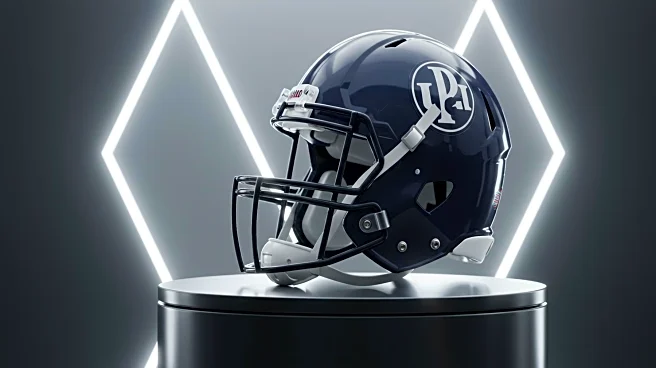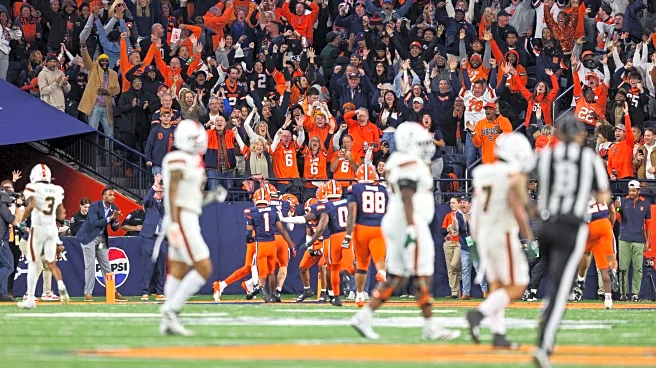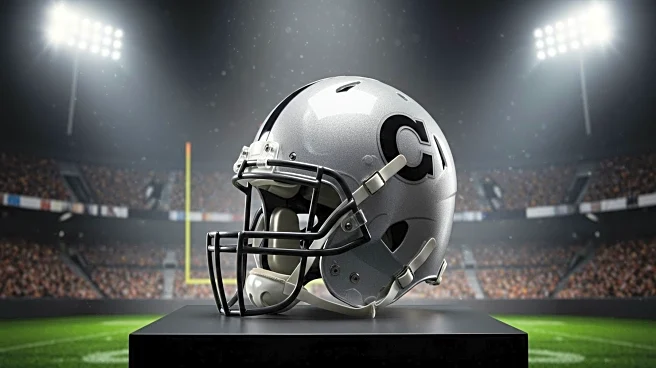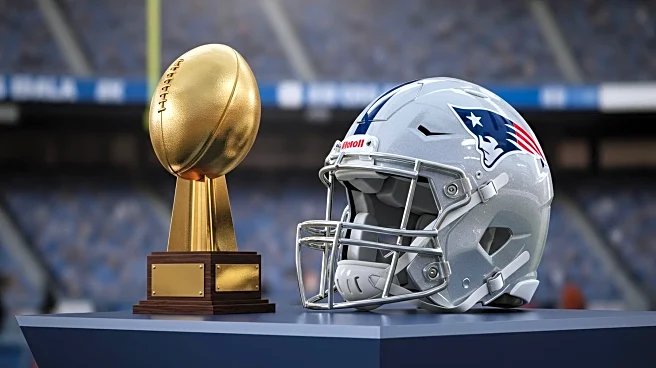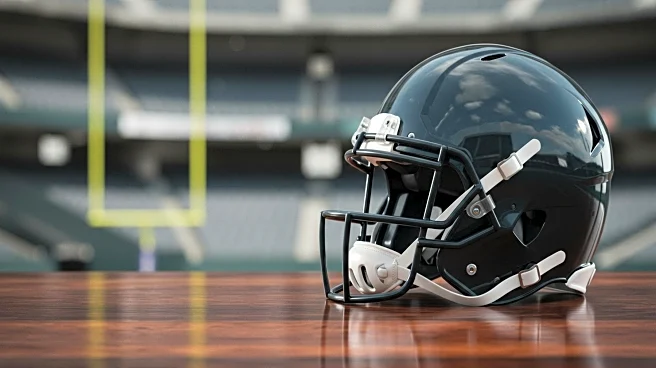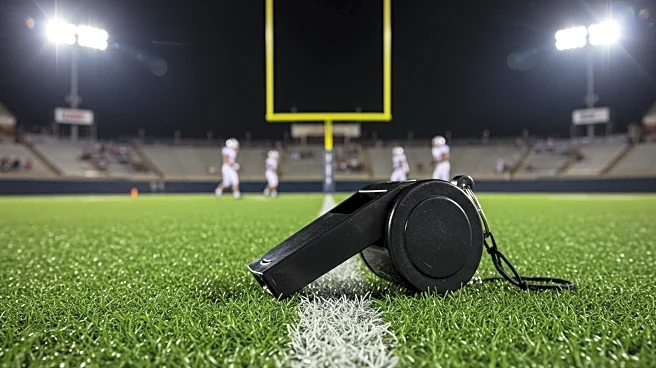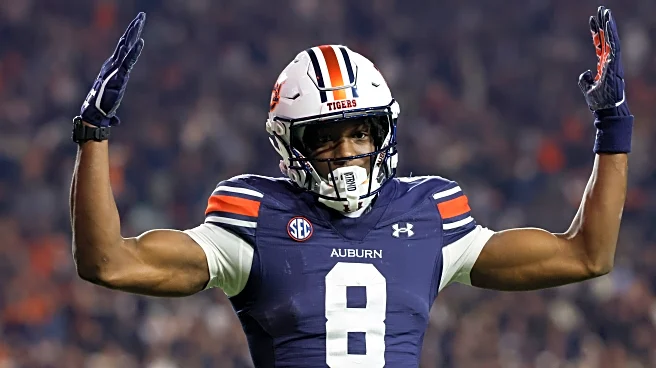What's Happening?
The Louisville Cardinals and Kentucky Wildcats are set to improve their defensive performance in the upcoming NCAA football season. This improvement is largely attributed to the adaptation of new helmet technology that facilitates coach-to-player communication. Last season, Louisville ranked 14th in the ACC for total defense, while Kentucky ranked 12th in the SEC. The transition to this new communication system was initially challenging, but teams have since adapted, leading to better defensive outcomes. The technology allows coaches to communicate directly with one designated player on defense, wearing a green dot helmet, which has streamlined the process of getting calls to the huddle.
Why It's Important?
The introduction of helmet communication technology is significant as it addresses previous communication issues that affected defensive performance. By improving communication, teams can better organize their defenses, potentially leading to fewer mistakes and better game outcomes. This advancement could influence other teams to adopt similar technologies, thereby enhancing the overall competitiveness and strategic depth of college football. The improved defensive capabilities could also impact the rankings and success of these teams in their respective conferences.
What's Next?
As teams continue to adapt to the new helmet technology, further improvements in defensive strategies are expected. Coaches may explore additional ways to leverage this technology for more effective game management. The success of this communication system could lead to broader implementation across other teams and sports, potentially revolutionizing how plays are communicated in real-time during games.
